Be charmed by the province of Oristano
The province of Oristano is an area full of charm that always offers strong emotions, with its beautiful beaches, its cliffs and its attractions scattered throughout its extension. It offers very varied, but all very fascinating landscapes.
Places you can’t miss in the Oristano area:

Oristano
The main city in the central-western part of Sardinia presents itself as an ideal gateway to a natural beauty area and represents the noble soul of the island, with its monuments and its intense history. Oristano played a leading role in the history of Sardinia: from the 11th century the city center began to embellish itself with palaces, fortifications, towers and religious buildings. Highlights are the majestic tower of San Cristoforo - also known as the tower of Mariano - and the monument of Giudicessa Eleonora (1881), promoter of the Carta de Logu, one of the first codes of laws written in Europe.

Cabras
You will find a place that has been inhabited for millennia, the fulcrum of the splendid Sinis peninsula that preserves centuries-old monuments and an infinite natural wealth, including enchanting beaches and fish ponds. Country of ancient origins, Cabras preserves some evidence of the Neolithic, such as the village of Cuccuru is Arrius and numerous nuraghi. Dated to the Iron Age (8th century BC) it is the largest archaeological discovery of the late 20th century in the Mediterranean basin, carried out in Mont'e Prama, the statuary complex of the Giants, gypsum sandstone giants found in a large burial area on the hill, partly exhibited in the Civic Museum. Today they are the identity symbol of Sardinia.
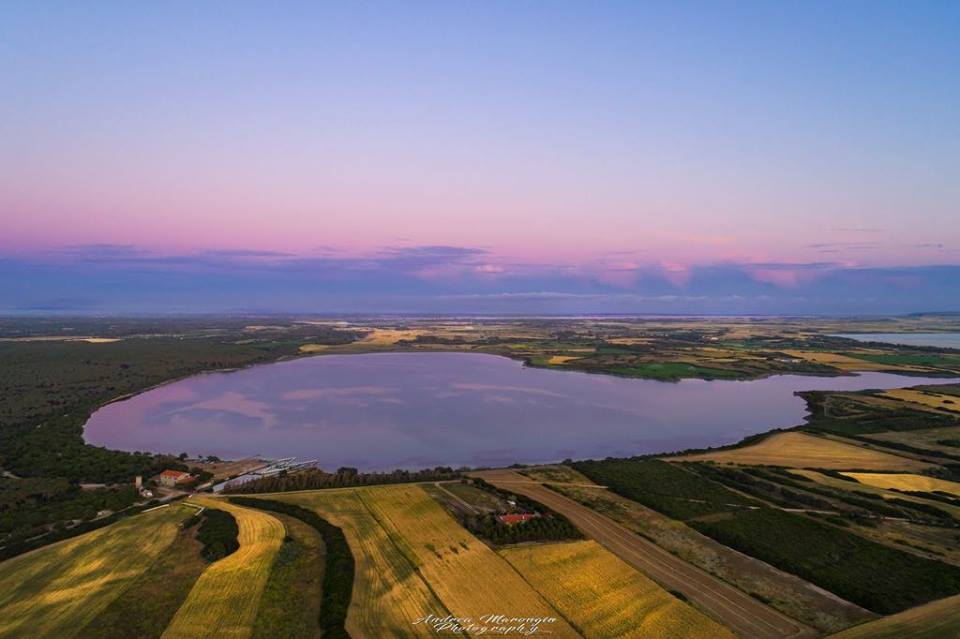
Riola Sardo
High Campidano village, a few steps from archaeological sites and the sea of Sinis, in central-western Sardinia, famous for traditions, musical events and vernaccia. Riola Sardo is an agricultural center with just over two thousand inhabitants. Once famous for cereal crops, today for the production of fruit, vegetables and fine wines, in particular Vernaccia. Campidanese 'court' houses, in earth bricks (ladiri), with stone portals and wooden architraves, characterize the historic center. In the disused sandstone quarries of su Cuccuru Mannu, near the town, the suggestive Parco dei Suoni was born, which in July and August hosts jazz, pop and rock concerts.

Santa Giusta
Heir to an ancient city, it is an important center in the upper Campidano, in central-western Sardinia, surrounded by lagoons and characterized by a majestic basilica. Once a Phoenician colony (Othoca), Santa Giusta today, stands on the ashes of one of the first cities of the island, founded in the second half of the eighth century BC. The majestic basilica, built between 1135 and 1145, seat of the diocese until 1503, will appear to you with its grandeur on a knoll in the main street: it is a Romanesque 'temple' dedicated to the martyr who gives the town its name. Some columns of the basilica come from Tharros. Today Santa Giusta is a center of five thousand inhabitants, based on agriculture, fishing and industry (thanks to the port), practically joined to Oristano.
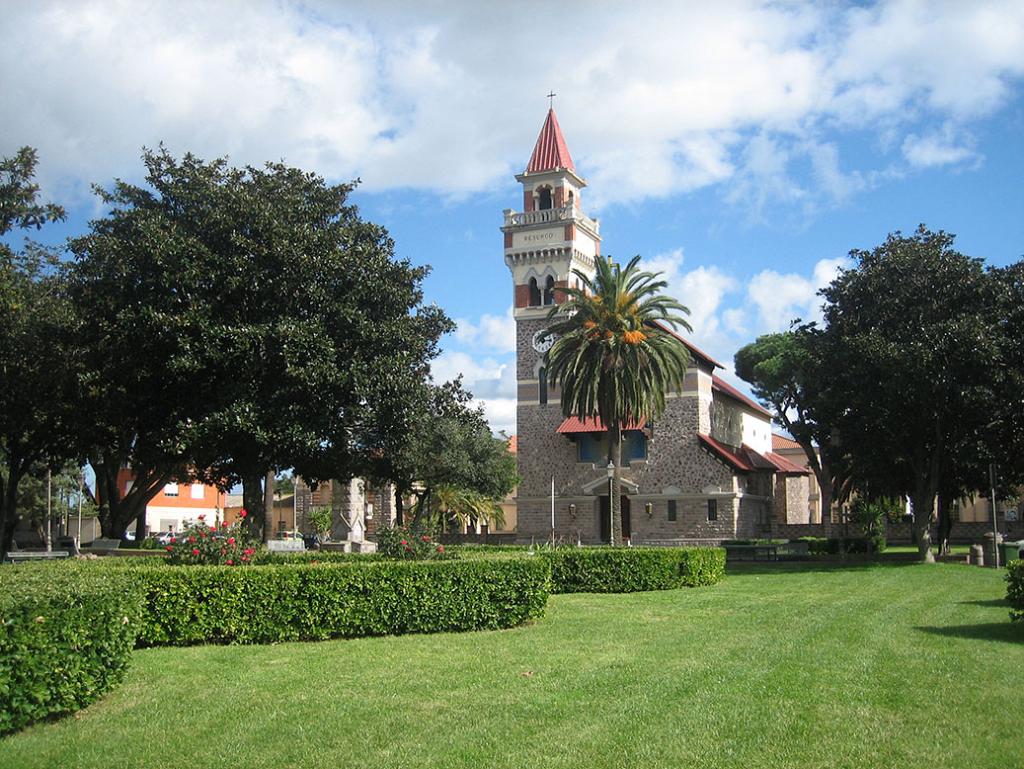
Arborea
It is located on the central-western coast of Sardinia, in a reclaimed lagoon area, an Art Nouveau town was built in the twenties of the twentieth century and today is one of the most productive agro-pastoral centers on the island. Immersed in the green fields 17 kilometers from the Oristano and populated by four thousand inhabitants, partly descendants of settlers mostly from Veneto. Renamed 'Mussolinia' in 1930, the town assumed its current name in 1944, at the end of the World War. Today it consists of a center and rural villages. In the wide and sandy Marina d’Arborea, along the beach, you will refresh yourself in a splendid and extensive pine forest. About nine kilometers on the edge of the pond is the fishing village of Marceddì, dominated by the sixteenth-century Torrevecchia from which many delicacies arrive on the tables of local restaurants. Among the products of agriculture and livestock, the most famous are dairy products and fruit famous throughout the island.
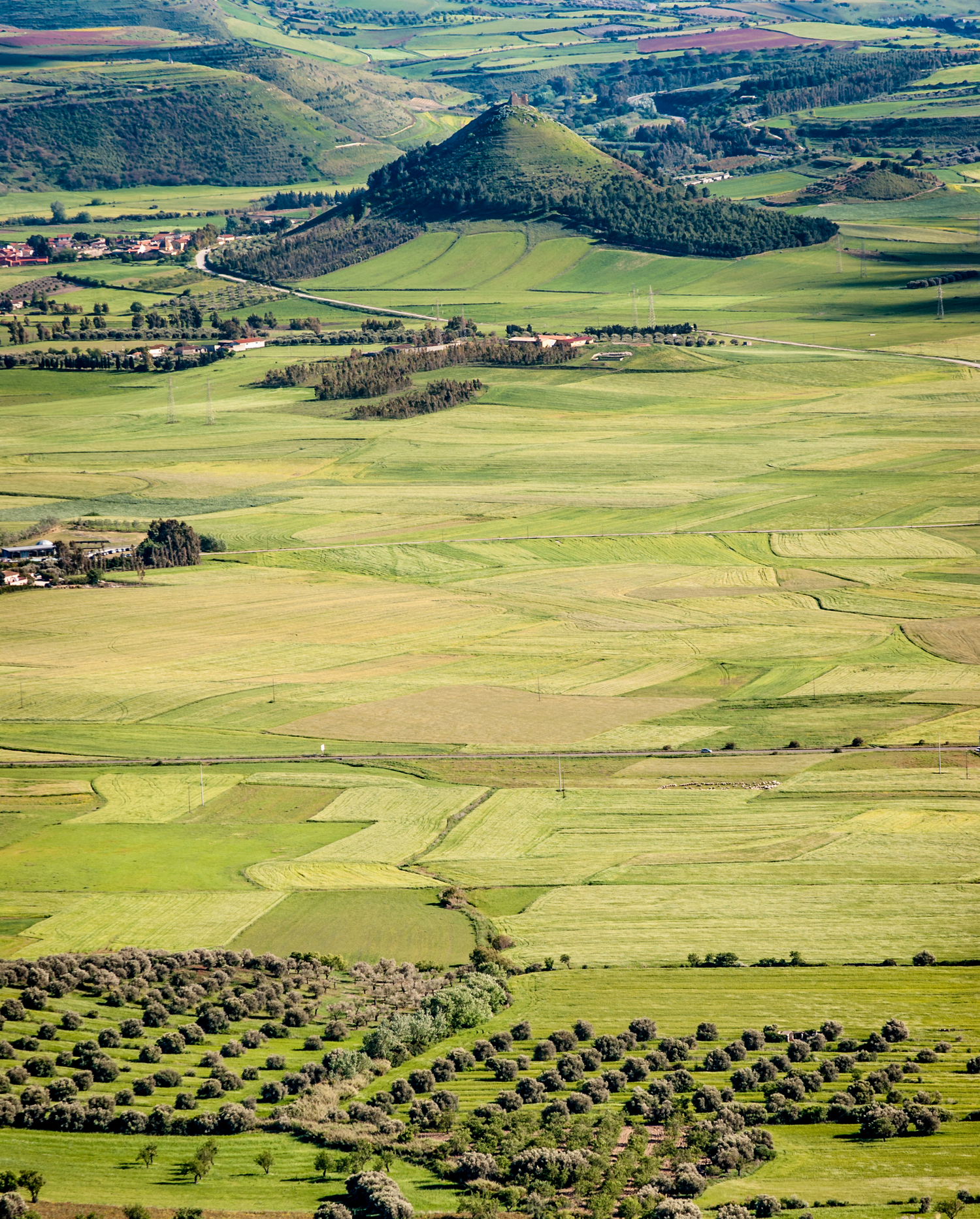
The Marmilla
It is a subregion of Sardinia located in the central-southern part of the region. A lively and pulsating area, able to charm and fascinate thanks to its precious environmental and natural treasures. rich in natural beauties such as the Giara plateau where it is possible to meet wild horses, go for a free and happy walk between pools of water, wild buttercups and cyclamen. Wild and spectacular is also the Funtanamela forest of Laconi, made up of ancient holm oaks, mastic, phillyrea and cistus, which sees among its inhabitants the magnificent Sardinian deer. Definitely worth a visit is the sacred wood of Santa Maria Bangargia, located about 3 km from the town of Collinas, where elms, poplars, secular olive trees and mastic trees grow. Of particular note: the Giara di Gesturi and the Monte Arci Natural Park, the nuragic village of Su Nuraxi in Barumini, the nuraghe Cuccurada in Mogoro, the Genna Maria complex in Villanovaforru, the fortress of Su Mulinu in Villanovafranca, the nuragic sanctuary of Santa Vittoria in Serri. Marmilla is colorful and interesting. It has so much to offer and manages to surprise and enchant.

The Giara
It is a complex of basaltic plateaus of volcanic origin, located in central-southern Sardinia and home to the wild species Cavallini della Giara. It is divided into: Giara di Gesturi (“jara manna”), Giara di Siddi and Giara di Serri. Located between the Marmilla and the Sarcidano, it is characterized by very steep walls. The boundless view that can be enjoyed from these plateaus ranges from the Gennargentu massif to the Campidano plain, from Marmilla to the sea and attracts hundreds of visitors every year who want to experience a day in contact with nature. The Giara’s territory is home to a unique species of little horses whose origin is shrouded in mystery. Their wild nature, which makes them unique in Europe, will allow you to observe them closely as they gallop between cork oaks, downy oaks, holm oaks, olive trees and the green formations of Mediterranean scrub. The Barumini Nuraghe, declared a World Heritage Site, is located in this historic region. Close to the entrances and in the nearby towns, you will find accommodation facilities, hotels and restaurants where you can enjoy traditional Sardinian food and wine.
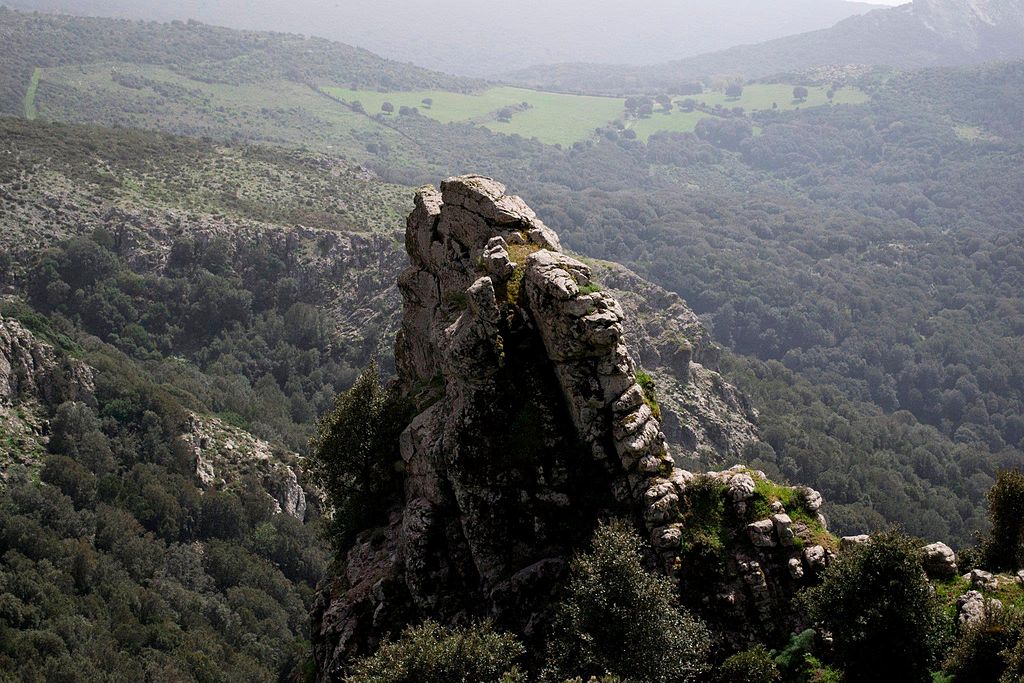
The Montiferru
It is an area rich in environments and ecosystems ranging from the marine one (Cuglieri, Tresnuraghes) to the mountain one (Santu Lussurgiu, Scano di Montiferru Bonarcado, Seneghe). It represents the largest and most important volcanic complex in Sardinia. The territory is probably one of the richest in springs of all Sardinian landscapes and reaches its maximum elevation with Monte Urtigu (1050m). From the faunal point of view, the animals that dominate the Montiferru are mouflons, deer and wild boars above all while from the plant point of view the symbolic plant of the subregion is the holm oak accompanied by oaks and downy oaks. The area lends itself to hiking, mountain biking and off-roading. The medium and long duration routes are on mixed routes on existing paths and mule tracks.
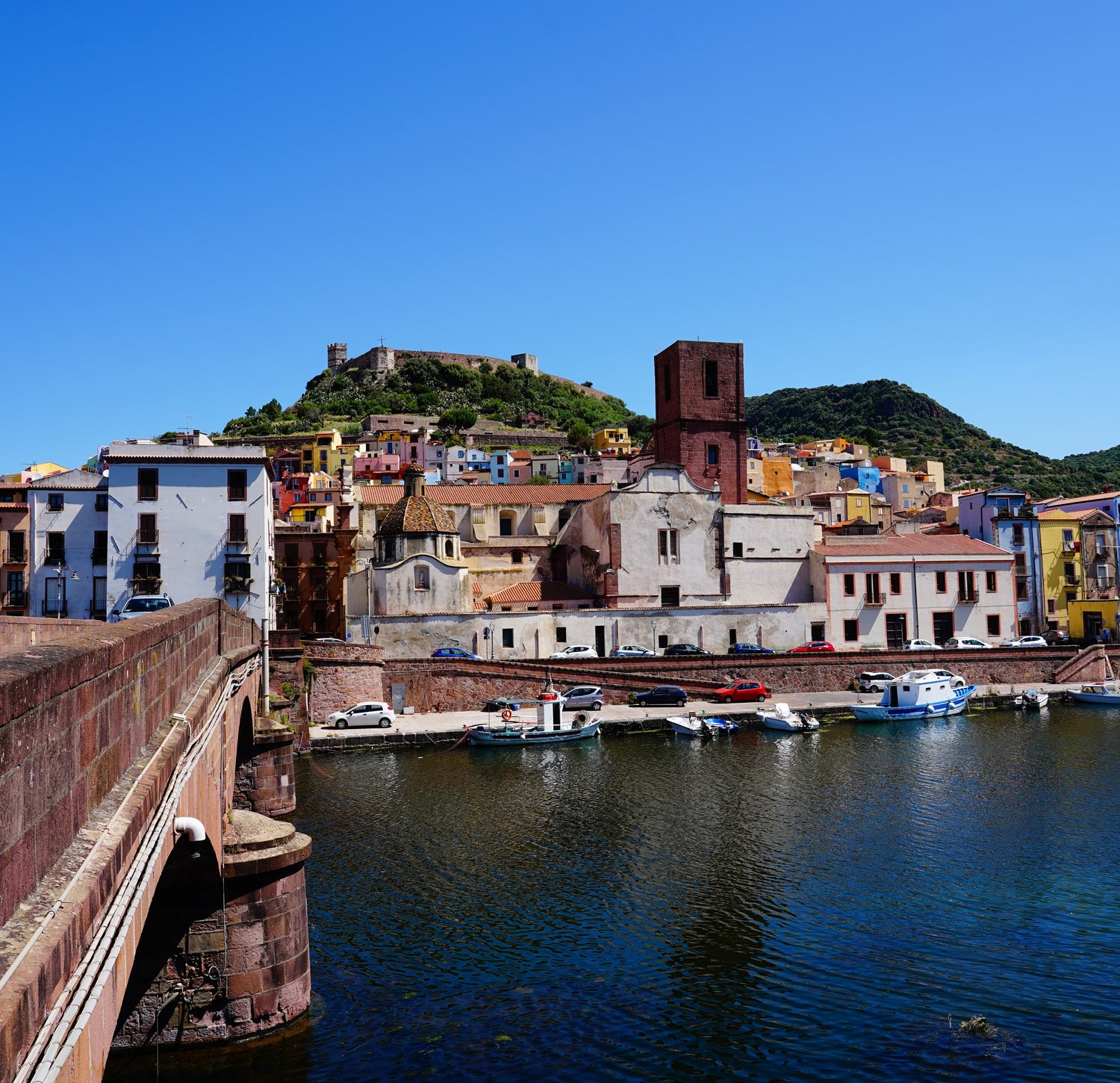
Bosa
Lying in the valley of the Temo river, it represents the only center of Sardinia built next to a river’s estuary, navigable for a good stretch by boats. The sensation you get when observing the panorama that appears as you arrive, on the other side of the mountains, following the curves that lead down to the town, is truly unique and unforgettable. We could have included several things to see in Bosa - the Malaspina Castle, the Museo delle Conce, Casa Deriu, the Duomo, the Lungo Temo, Bosa Marina - but our advice is to visit this beautiful village in its entirety: its monuments, its history, its events, its views, its territory, its beaches, its gastronomy. Rest assured that a visit to Bosa will not disappoint you.
